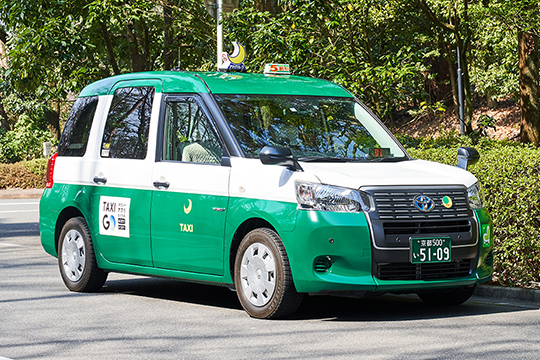See & Do
A New Type of Taxi Born from Regional Collaboration: Aoi Automobile [Kyoto Tourism Today]
See & Do
A New Type of Taxi Born from Regional Collaboration: Aoi Automobile [Kyoto Tourism Today]
In addition to being a mode of transport for tourists, the drivers are also professional Kyoto guides, and the company is actively involved in various fields including universal service, regional cooperation, environmental issues, work styles, and industry-academia collaboration, as well as being a Kyoto Tourism Etiquette Promoting Organization promoted by the City of Kyoto.
In the past covered their initiatives related to seeking new services that taxis could provide.
Taxis Evolving so that Everyone Can Enjoy Kyoto to the Fullest
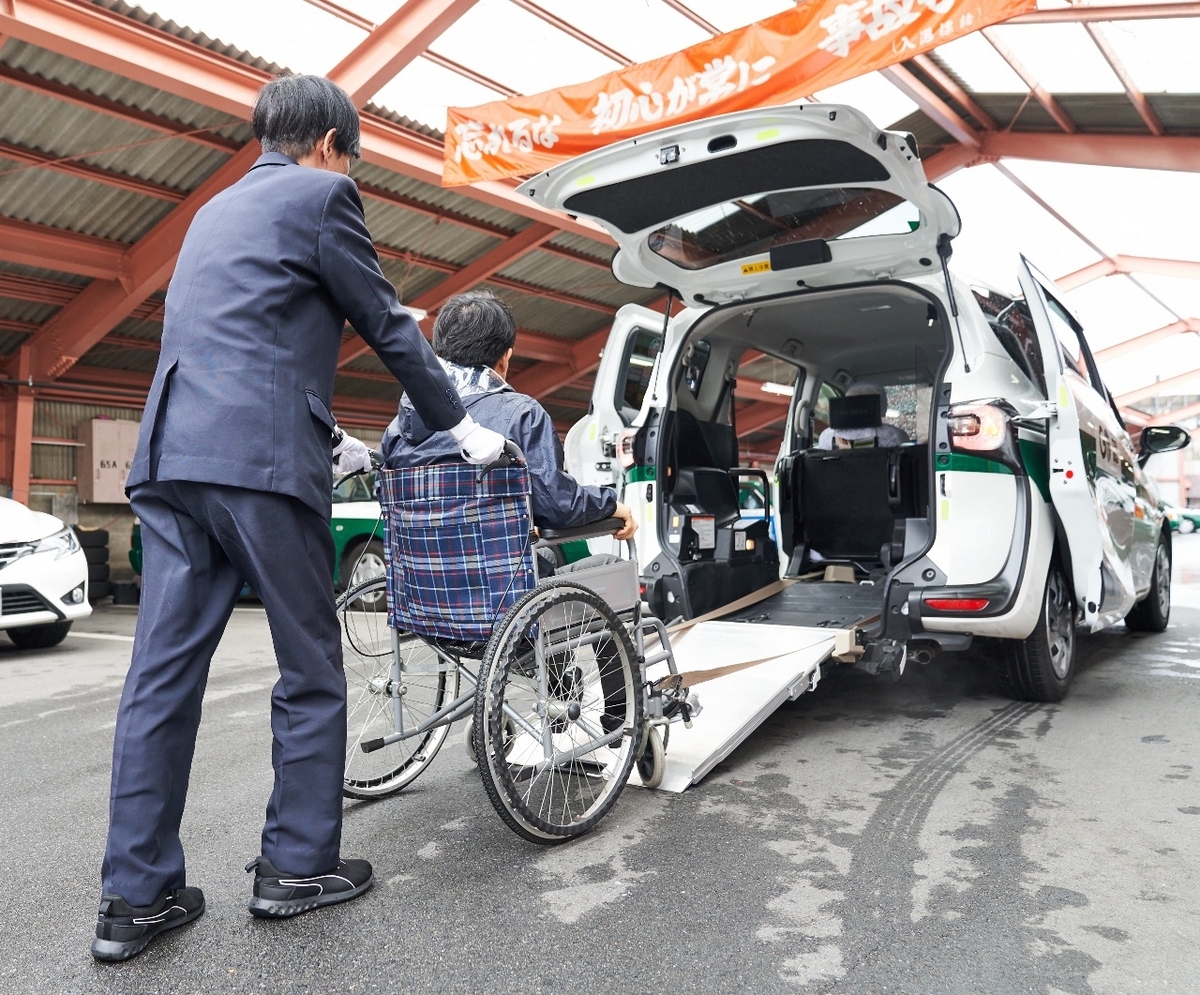
Photo provided by: AOI Automobile Co., Ltd.
In recent years, tall station wagon-style taxis have become a common sight on the streets of Kyoto. Among those new taxis, AOI Automobile was one of the first to introduce universal design (UD) vehicles that are easy for everyone to get in and out of, including wheelchair users, the elderly, and passengers with small children.

Taiichi Maiko, Sales Department Manager
Photo provided by: AOI Automobile Co., Ltd.
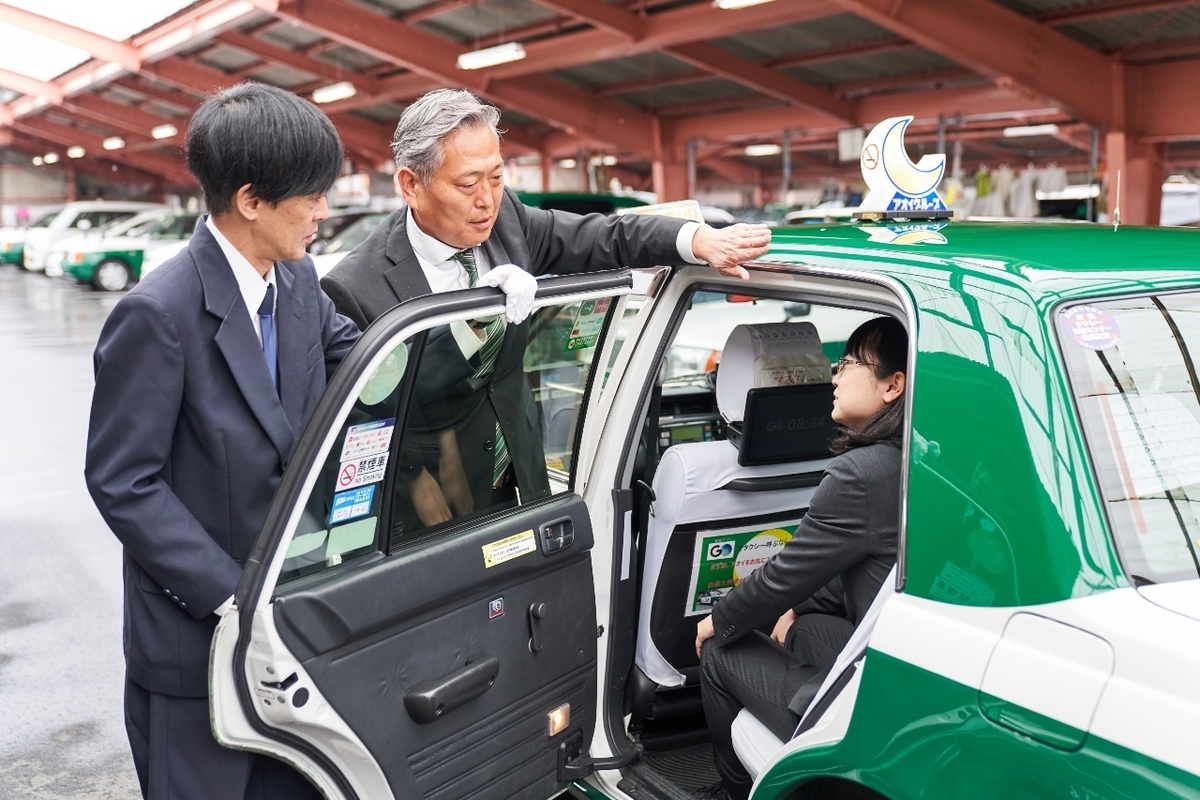
Door service training for drivers
Photo provided by: AOI Automobile Co., Ltd.
“Some passengers have difficulty getting around unless they can use wheelchair-friendly vehicles, so when we pick them up and take them to their destination, we make sure to speak with them about how they will get home,” said one driver, which we found particularly reassuring. This attention to detail makes it possible for everyone to enjoy their travels in Kyoto in comfort.
A Taxi Company Doing What It Can as a Form of Public Transit
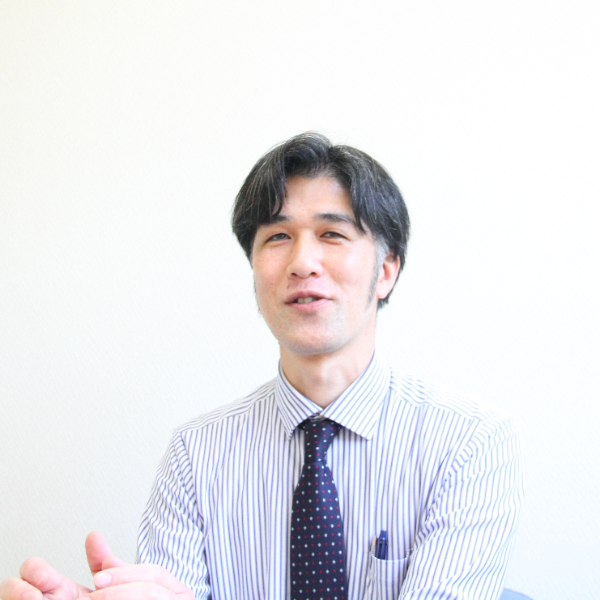
Akinori Kumayama, Labor Relations Department
Photo provided by: AOI Automobile Co., Ltd.
As the city of Kyoto is aiming to become a member of the Japanese government’s “FutureCity” initiative, the company was quick to address environmental issues and has actively introduced hybrid vehicles that run on LP gas, as well as encouraging and providing training in environmentally friendly driving practices. The company has been encouraging driving in ways that reduces fuel consumption, such as avoiding idling and sudden starts and stops. According to Akinori Kumayama, head of the Labor Relations Department that handles employee training, for many years they have been posting the monthly fuel efficiency rankings of each driver as a way to “motivate each and every one of our employees to drive in an eco-friendly manner”.
In order to let visitors experience the beauty of Kyoto to the greatest extent possible, the company is a member of the Yase-Eizan Scenic Preservation Society in Rakuhoku, and for the past 25 years has participated in activities such as regular beautification of the vicinity of Yase Station and efforts to watch over elderly residents.

Kento Nakai, Labor Relations Department
Photo provided by: AOI Automobile Co., Ltd.
Thinking of ways in which the company could contribute to the community as a form of public transport, Labor Relations Department Manager Kento Nakai took part in a practice drill regarding people with dementia wandering around in the community. Based on what he learned there, the company has created action guidelines for drivers and a system to prevent problems before they occur, such as keeping an eye out for anything unusual when picking up or dropping off elderly passengers, and relaying anything they notice to local community support centers.
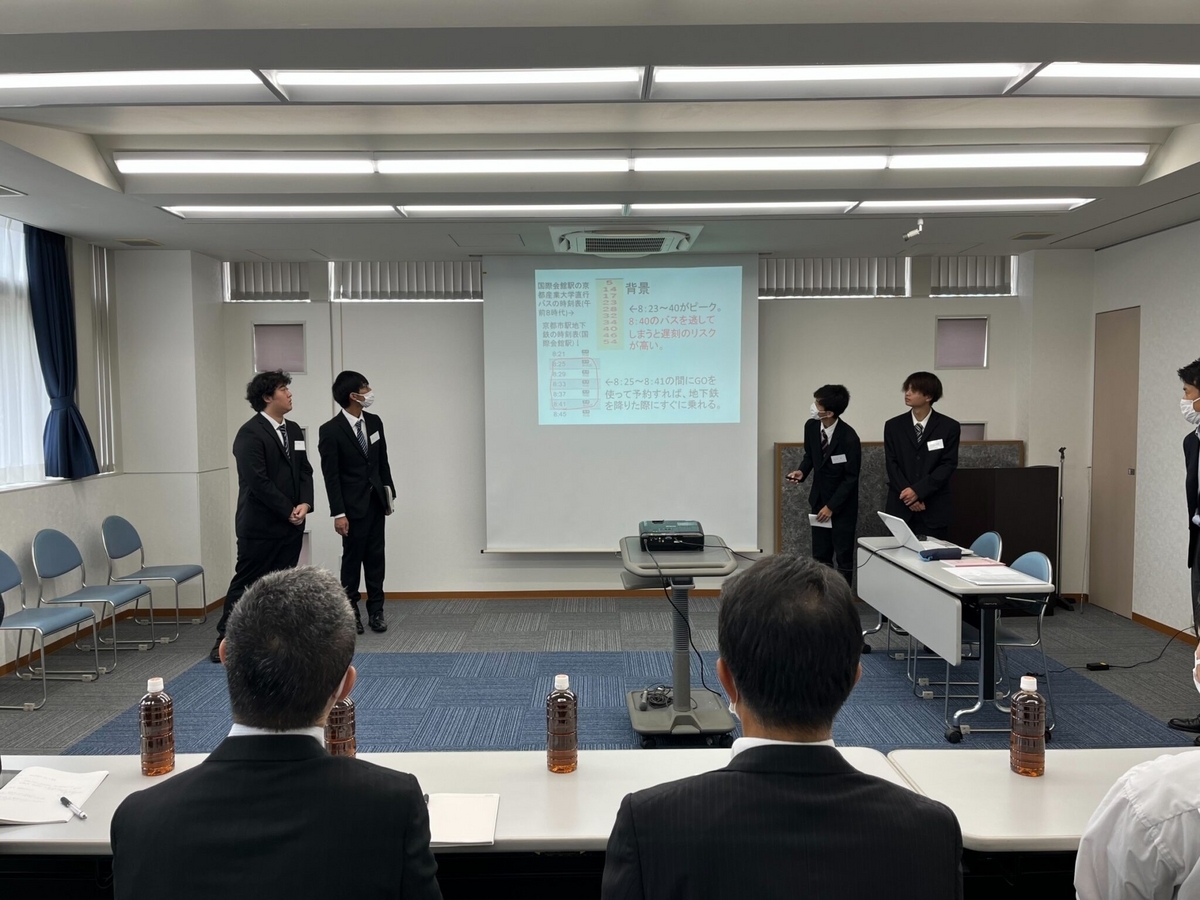
Internships at Hanazono University and Kyoto University of Advanced Science
Photo provided by: AOI Automobile Co., Ltd.
As part of AOI’s efforts to contribute to the local community, they actively hire locally based staff, and have also worked with local universities to provide internships, as well as giving lectures at universities as a way to expand young people’s knowledge of the taxi industry. One of the company’s most distinctive features is its focus on the next generation, offering students opportunities such as participating in training programs and making proposals for new service models.
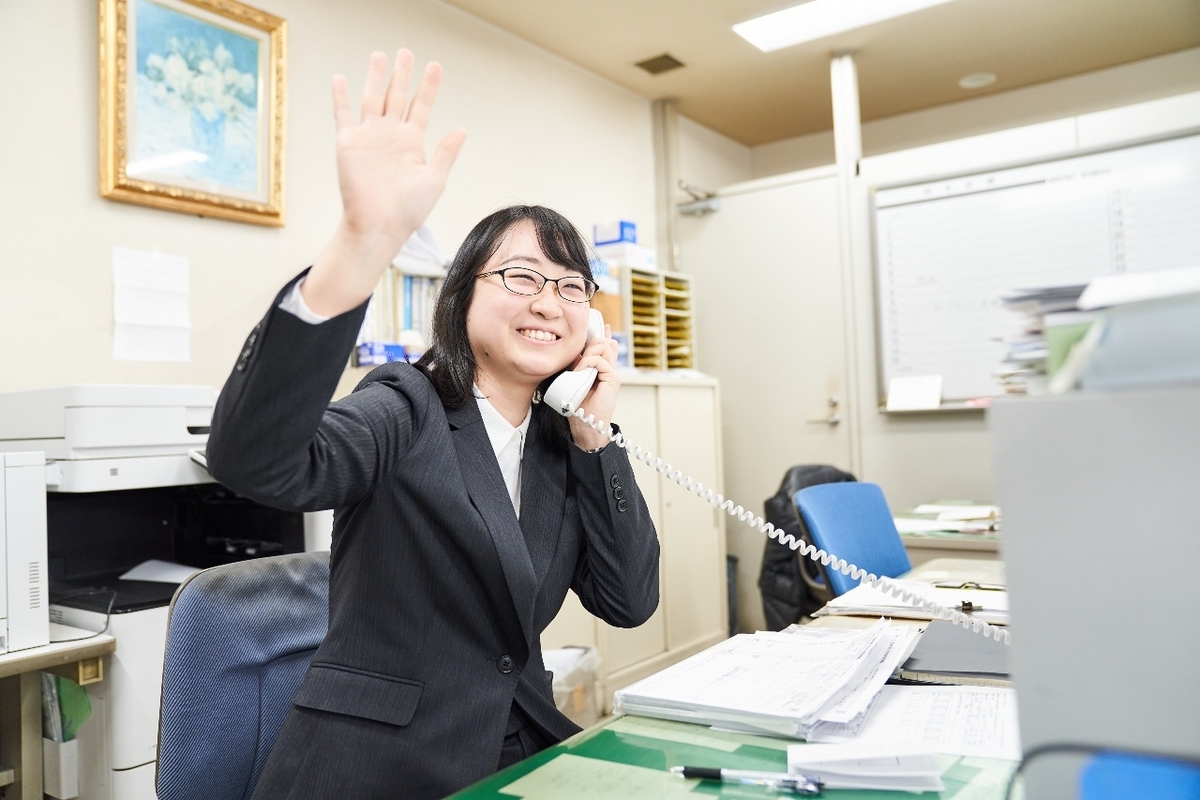
Risako Shimizu, Labor Relations Department
Labor Relations Department member Risako Shimizu is also one of the local university graduates hired by AOI Automobile. “With the introduction of workstyles that place more emphasis on a healthy work-life balance making it easier for younger generations to work, we’ve started to hire more young people,” she says. In 2023, the company received “Comfortable Workplace” 2-star certification from the Ministry of Land, Infrastructure, Transport and Tourism (MLIT), and various other reforms are underway not only to improve customer service, but also to create a more pleasant working environment for employees.
Sightseeing specialists with interesting knowledge of famous locations!
The Rakuhoku area of Kyoto, where the company's headquarters is located, is dotted with numerous historic sites. “There are lots of places where you can overlook the city, as well as places that you can’t get to by bus, like Manshuin Temple, but taxis can take you right there. The in-person service that only taxis can provide is the best way to get real-time information about things like the best times to see the cherry blossoms or fall foliage,” says Director and Planning Office Manager Shinichi Nakatsuji.
He continued, “For example, not a lot of people know that the Rakuhoku area is where you can find Enkoji Temple, a temple built by Tokugawa Ieyasu that is famous as a setting for historical dramas, and also Kurama Temple, where Minamoto no Yoshitsune did his Buddhist training. The real joy of being a taxi driver is being able to share interesting tidbits of information like this and make people’s trips more enjoyable.”
The taxi industry in Kyoto is undergoing a major transformation as more and more younger people are considering becoming drivers, and its role is shifting from a mere form of transportation to that of a specialist sightseeing guide.
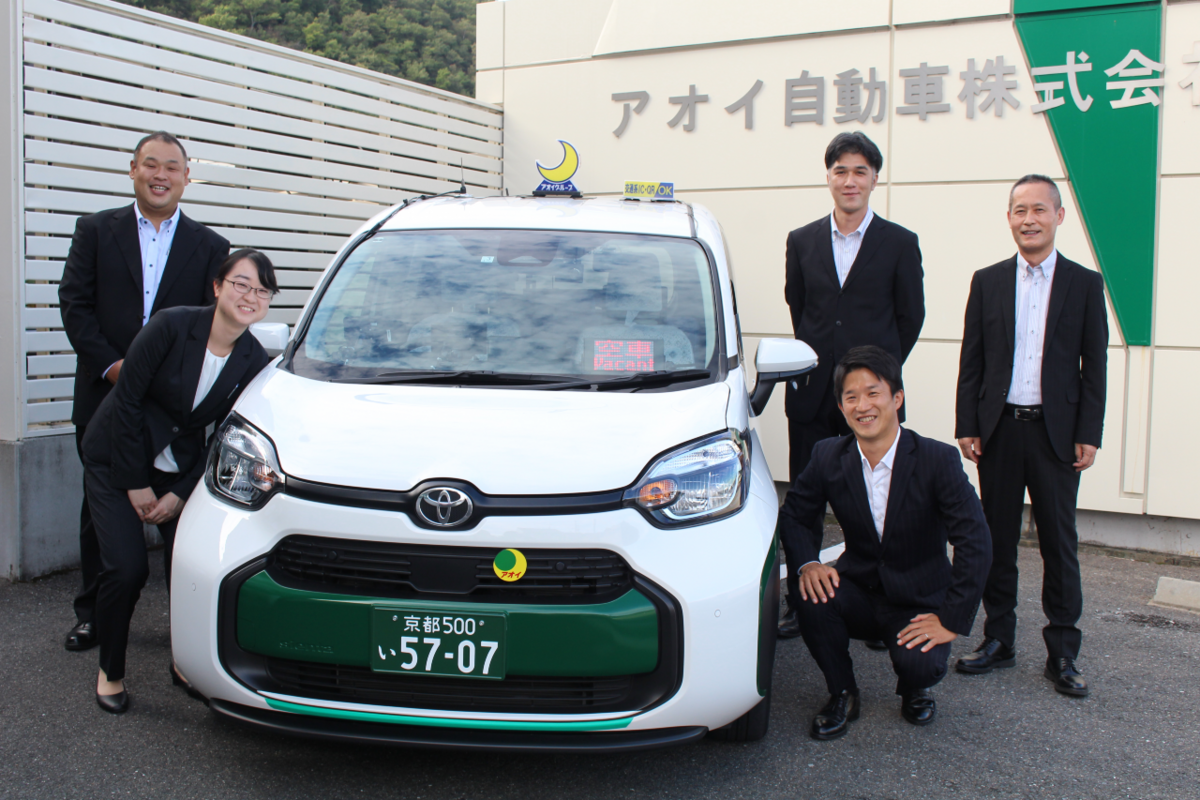
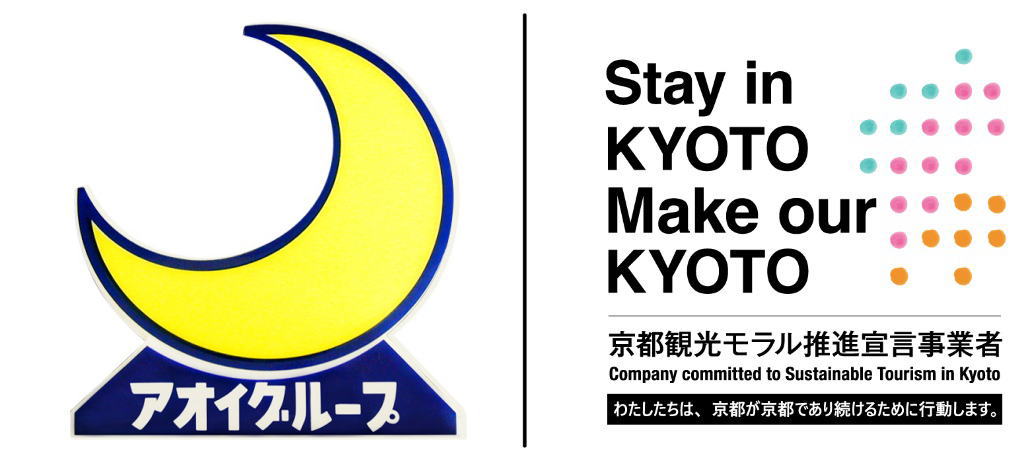
Photo provided by: AOI Automobile Co., Ltd.
◇Best Practice Case Examples | Kyoto Tourism Code of Conduct (Kyoto Tourism Etiquette) | Kyoto City Tourism Association
Article author: Fumiko Ueda
Writer and planner. She has spent the past 30 years traveling all around Kyoto, reporting, writing, planning, editing, and doing PR work. These activities are part of her everyday efforts to preserve the living history of this city that we learn from local storytellers.


